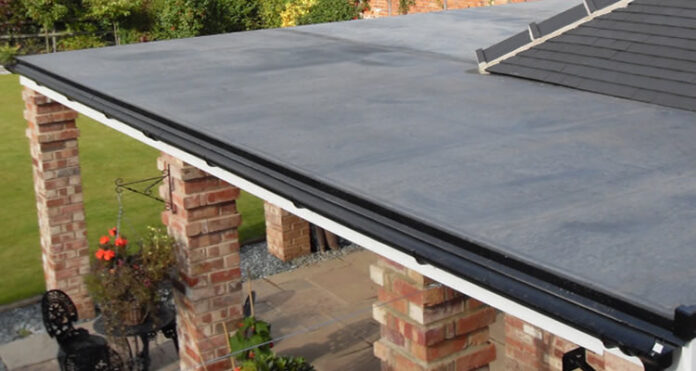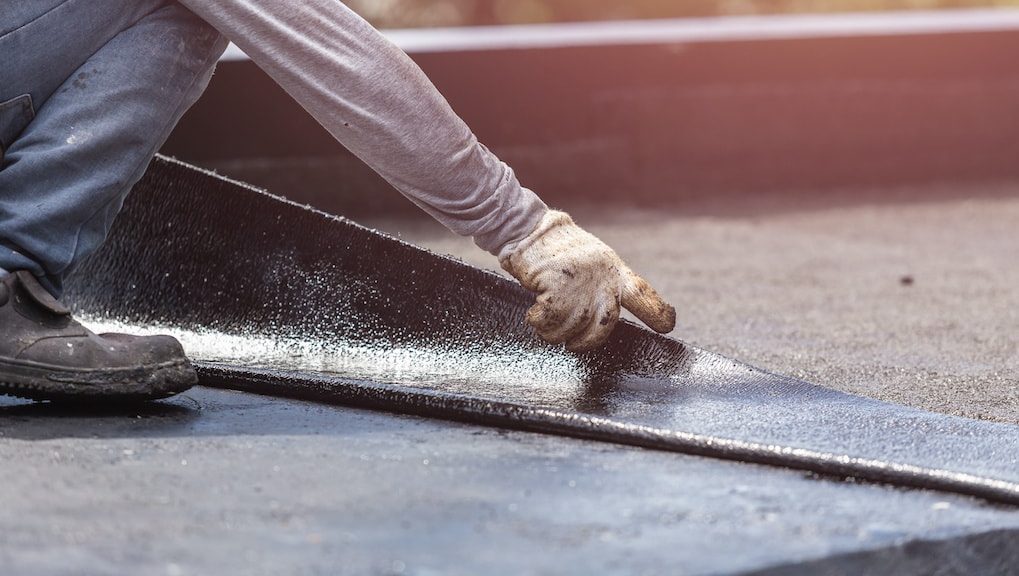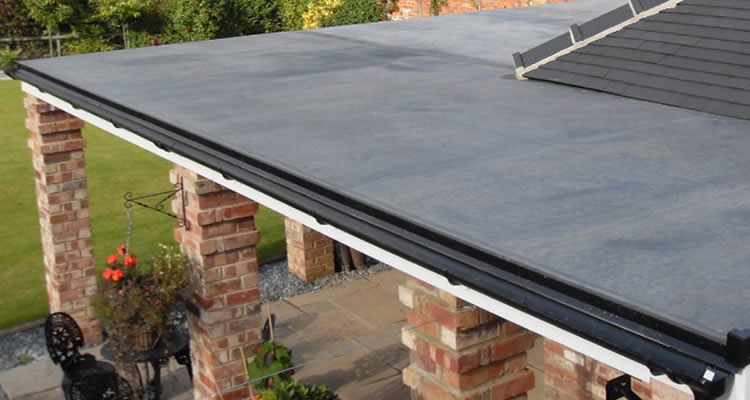Ethylene Polypropylene Diene Monomer (EPDM) is one of the market’s most versatile rubber systems for roofing. The roof is best recommended for flat roofs and you can use it in commercial and residential applications.
EPDM comes with plenty of perks, such as ease of installation, cost-effectiveness, and durability. The material also offers excellent resistance against various weather elements.
Are you looking to install this type of roofing in your home or workplace, and you would like to know more about it? Here are a few things you should know about it:
It comes in different colors.
The EPDM material comes in two primary colors: black and white.
Black is the most common color. The black color comes about due to the carbon black added to the EPDM sheets during manufacturing. Besides the color making the sheets interesting, it makes the material more robust and less brittle.
The downside to this color is that it makes the sheets extremely hot, making the black roof best suited for colder climates.
The white color in white EPDM is due to titanium dioxide. Although the white sheets are just as effective as the black ones, they aren’t as UV resistant as their black counterparts, making them less durable.
Plywood serves as the best base for installation.
The best base to use is plywood or OSB sterling board when you are looking to fit a single piece of EPDM roof. If you don’t have the board, always buy roof deck timber before you start the installation.
For ideal results, you need to prepare the roof surface properly. This calls for you to ensure that the roof is 100% clean. This means that it should be free of any dust particles.
You should note that the presence of dust particles on the roof surface means that the particles will be transferred to the roof membrane giving it an ugly look. The dust can also prevent the glue from bonding, meaning that your roof will be weak.
Brush the roof surface thoroughly for an aesthetically pleasing result with no bumps under the membrane. A good rule of thumb is to brush it at least twice before installing it.
Besides cleaning the surface, you must also relax the EPDM membranes before installing the roof.
EPDM membranes are usually tightly packed, so when you relax, you make them expand and contract back to their neutral state.
As you are relaxing the membrane, unfold it carefully so that it doesn’t get dirty, then allow it to relax in position for 20-30 minutes.
It’s only after the membrane has relaxed that you should install it.
You should choose the correct trimming.
Besides the trimming determining the look of the EPDM roof, it also comes in handy at keeping the water off your roof and directing it to a drip trim.
When it comes to the trims, you have three main options: kerb, plastic, and metal. There is no right or wrong trim—it depends on the project you are working on and how you want the finish to look.
Regardless of the trim you choose, ensure that the trims remain consistent throughout the house.
You need to be cautious when installing the roof to avoid problems.
Like when you are installing any other roof, you need to be cautious to prevent problems from coming about. Some of the issues that might come about during installation include:
EPDM shrinkage: This will happen when you don’t give your membranes enough time to relax before installing them. When this problem crops up, consult an experienced professional, and they will advise you on the best course of action.
Bubbles and blisters: Bubbles and blisters will happen due to the vapor from the bonding adhesives getting trapped. The bubbles and blisters will also come about due to expanding air gathering within the roof structure.
Although this problem won’t cause the EPDM to fail, it will have a negative impact on the look of the roof, so you should be ultra-cautious when installing it. As a rule of thumb, only hire a professional to install it.
Leakages: Leaks will come about for several reasons, such as punctures, shrinkages, and holes within the EPDM membrane.
The best way to prevent leakages is to properly clean the surfaces before installation. Whenever you notice a leakage, move with haste and seal it before it becomes problematic.
The roof needs care.
Like any other thing, you must properly take care of your roof to maintain a clean look and prevent it from leaking.
As mentioned, you should regularly clean your roof and get rid of any dirt or debris that might be present. For the best results, clean the surfaces using a rubber roof cleaner.
When applying the cleaner, do so in small areas and apply the solution in circular motions using a soft brush or mop. Once you are done, rinse the area thoroughly to ensure that you remove all the dirty residue from the membrane.
Another thing you should do to maintain the roof is to inspect it regularly. A good rule of thumb is to check your roof at least twice a year.
During the inspections, cover everything from the roof, drains, and gutters.
While you can do the inspections at any time, the best time is in spring and autumn when the weather is mild.
It’s also wise to inspect your roof after adverse weather to confirm that it is still in good shape.
Parting shot
This is what you need to know about EPDM roofs. While the roof is durable, you should take good care of it to maintain its look.
To have an easy time maintaining it, ensure that it’s installed by an experienced professional who knows what they are doing.
Even with the best care, it’s common for the roof to develop problems such as holes and punctures. When this happens, move with haste and fix it using a patch repair kit.
You can do the repairs by yourself if you are dab hand at DIY projects but for ideal results, hire a professional.




















